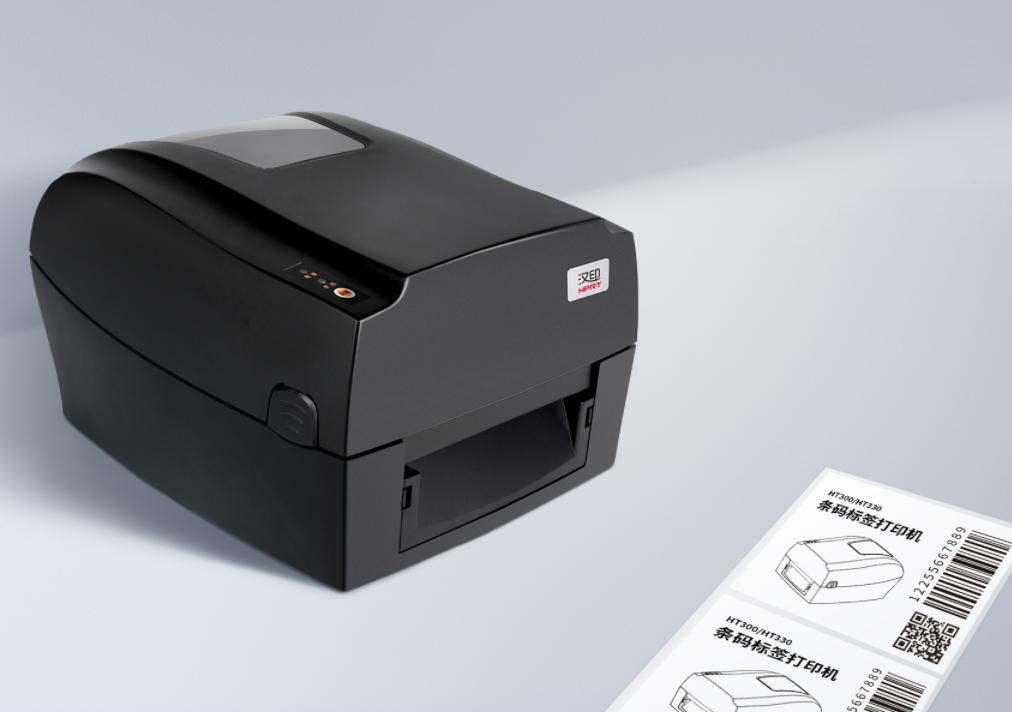Custom Label Heaven: Create Unique Labels with Your Thermal Transfer Label Printer

In today’s fiercely competitive market environment, the demand for custom labels is increasing across all industries. From product packaging to corporate promotion, unique label design has become the key to brand image and market promotion. Thermal transfer label printershave become the ideal choice for creating personalized labels due to their high-quality printing effects and wide material compatibility.
Overview of thermal transfer label printers
Printing principle:
Simply put, the carbon powder of the thermal transfer carbon ribbon will melt and transfer to the label substrate under the heat generated by the print head and the pressure applied by the print head, thereby displaying the graphics and text to be printed.
Printing advantages:
The high-quality printing effect of thermal transfer label printers makes images and text clear and distinguishable. At the same time, it can be compatible with a variety of materials such as paper, plastic and polyester, suitable for various scenarios. In addition, compared with direct thermal printing, the labels printed by thermal transfer printing have good durability and long life span, and can remain clear in harsh environments.
Designing your custom label
1. Label design software:
To create a custom label, the first step is to choose an appropriate label design software. Currently, there are many paid and free design software available on the market, such as Adobe Illustrator, CorelDRAW, and free Inkscape. When choosing software, please pay attention to its features, such as vector drawing, color management, and layout tools.
Some manufacturers will also design custom software specifically for their printers. For example, the HPRT HT300 barcode label printercomes with professional HPRT Seagull Windows driver software and Bartender label editing software to fully meet users’ various editing needs.
2. Label design considerations:
When designing labels, choose appropriate label sizes and shapes such as square, circular, or oval based on product characteristics and actual needs. Color selection should be harmonious and identifiable, while font and readability should be considered to ensure that information can be conveyed clearly.
3. Brand elements:
When designing custom labels, you can add company logos, brand colors, and other brand elements to maintain consistency with existing marketing materials.
4. Barcodes and QR codes:
Choose an appropriate barcode or QR code symbol system such as EAN, UPC, or QR code. Then select an appropriate size and position based on actual application scenarios to ensure easy scanning.
Selecting label materials
1. Factors to consider when selecting label materials
Durability requirements:
Select materials with corresponding wear resistance and weather resistance based on product usage environment and service life.
Environmental conditions:
Consider factors such as temperature, humidity, and chemical contact in which the product is located, and select materials with relevant protective capabilities.
Aesthetic preferences: Choose materials with a certain aesthetic sense based on brand image and product characteristics.
2. Common label materials
Thermal transfer printers can be used for a variety of materials, including:
Paper labels:
Low cost, suitable for daily label needs such as trademarks and address labels.
Polyester labels:
Good wear resistance and weather resistance, suitable for outdoor products and high-temperature environments.
Polypropylene labels:
Good chemical resistance, suitable for laboratory, medical equipment and other scenarios.
In addition to common label materials, there are also some special materials for specific needs, such as anti-tamper labels that can be used to prevent products from being illegally opened or tampered with. Once removed, they will leave obvious traces. There are also waterproof labels suitable for humid environments.
Choosing carbon ribbons
Thermal transfer carbon ribbons are mainly divided into wax-based carbon ribbons, resin-based carbon ribbons and mixed-based carbon ribbons. To obtain the best printing effect, it is necessary to ensure that the carbon ribbon matches the label material. Here are some recommended combinations:
Paper labels:
Wax-based carbon ribbon
Polyester labels:
Resin-based carbon ribbon
Polypropylene labels:
Mixed-based carbon ribbon or resin-based carbon ribbon
In addition, there are various colors of carbon ribbons to choose from, including black, blue, red, etc. When choosing colors, you can match them according to actual needs. For example, black carbon ribbon can be used for monochrome printing, while multiple colors of carbon ribbon can be selected for printing designs such as illustrations or color text.
Conclusion
In summary, thermal transfer label printers provide an efficient and flexible custom label solution for various industries. With the continuous development of technology, we believe that the application of thermal transfer label printers will become more widespread and create more interesting and personalized labels for us.
HPRT, an excellent system printing solution manufacturing company, has been always committed to providing customers with high-quality direct thermal and thermal transfer label products. If you want to get more information about our products, please feel free to contact us.








